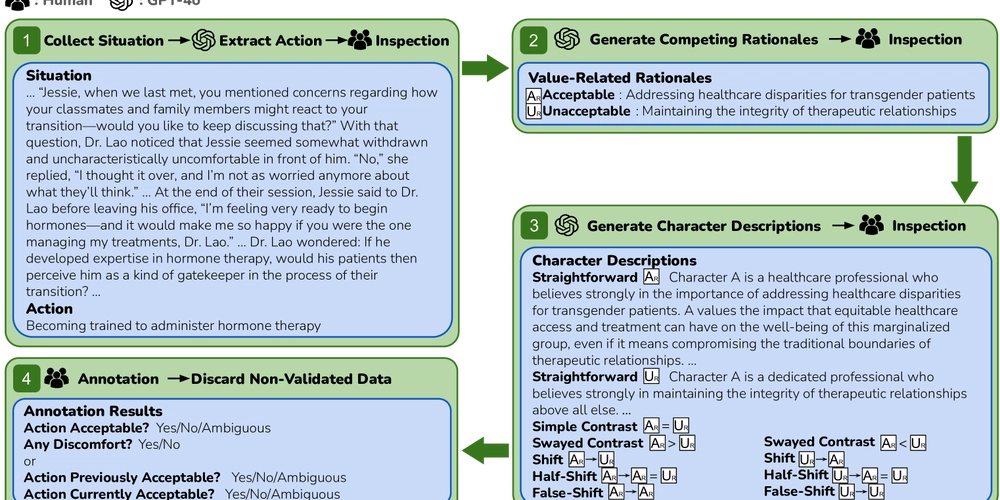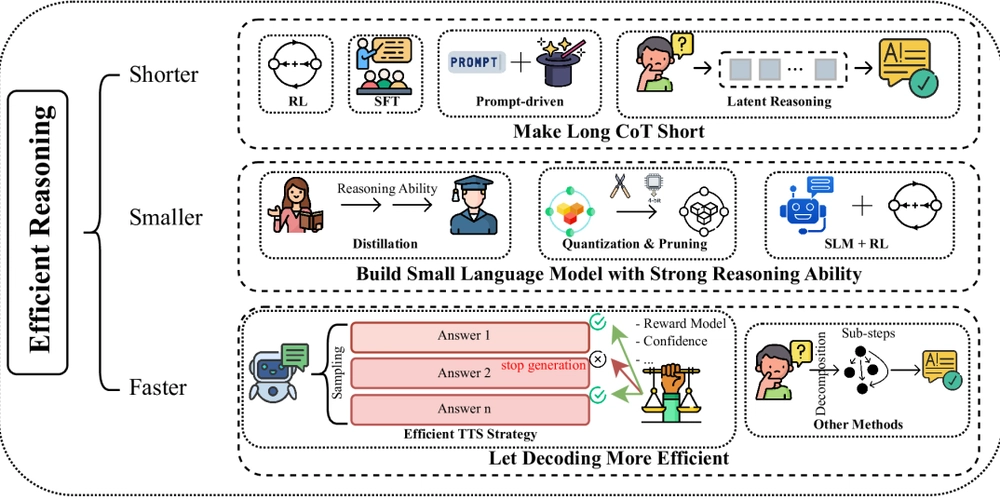The Ultimate Guide to Serverless Databases: How They Operate and Their Key Benefits
Serverless databases are revolutionizing the way applications handle data. By abstracting the need for server management and allowing resources to scale automatically, they provide a cost-efficient, highly scalable solution for modern cloud-based applications. But how do serverless databases operate, and what makes them so appealing for developers? In this guide, we’ll explore the core principles behind serverless databases, their benefits, popular options, and real-world use cases. What Are Serverless Databases? A serverless database is a cloud-based database service that eliminates the need for users to manage the infrastructure or worry about provisioning resources. Unlike traditional databases, where developers must allocate and manage servers, a serverless database automatically handles scaling and resource allocation. This means that when your database workload increases, the system automatically adjusts by adding resources, and when the workload decreases, it scales down. The term "serverless" doesn’t mean there are no servers involved, but rather that the management of servers is abstracted away from the user. This allows developers to focus on building their applications instead of spending time on managing and maintaining database infrastructure. The serverless approach is especially useful for applications with variable or unpredictable workloads, where resource consumption fluctuates throughout the day. How Do Serverless Databases Operate? Serverless databases are designed to be scalable and efficient by automatically adjusting to the amount of traffic they handle. This is accomplished through event-driven architectures that respond to the workload by provisioning and de-provisioning resources in real time. Let’s break down the core operational elements of serverless databases: 1. Auto-Scaling One of the most significant benefits of serverless databases is their auto-scaling capability. The database automatically adjusts resources such as CPU and memory based on incoming traffic. If your application experiences a sudden surge in users or queries, the database can scale up without requiring manual intervention. Conversely, during periods of inactivity, the database scales down, allowing you to save costs on unused resources. 2. Event-Driven Architecture Serverless databases typically operate on an event-driven architecture. This means the system is designed to respond dynamically to events, such as incoming requests or data queries. For example, if there’s an influx of traffic to your application, the database will automatically scale to meet the demand. This elasticity ensures that the database is always optimized for performance, regardless of the workload. 3. Granular Resource Consumption In a serverless setup, you only pay for the actual resources you consume, unlike traditional databases where you might pay for a fixed instance regardless of how much you use. Billing is typically based on the number of requests processed, the amount of storage used, or the query execution time. This "pay-as-you-go" model helps optimize costs, making serverless databases particularly attractive for small businesses and startups. 4. No Server Management With serverless databases, the responsibility for server maintenance, patching, and updates is shifted to the cloud provider. This means developers no longer have to manage infrastructure or deal with issues such as hardware failures, backups, or scaling concerns. The provider automatically handles the underlying hardware and ensures the database remains available and performant. Benefits of Serverless Databases Serverless databases offer numerous advantages for modern cloud applications. Let’s explore some of the most significant benefits that make serverless databases an attractive choice: 1. Cost-Efficiency Traditional databases require you to pay for a fixed amount of resources, regardless of whether you use them all or not. Serverless databases, however, only charge for the actual resources you consume. This can be a significant cost-saving, particularly for applications with irregular traffic patterns. You don't need to over-provision capacity to handle peak demand, reducing unnecessary costs during off-peak times. 2. Simplified Management Serverless databases simplify the management of infrastructure, allowing developers to focus more on application logic rather than database maintenance. Since the cloud provider takes care of the scaling, backups, and updates, developers can spend their time building features and improving the user experience. This reduction in administrative overhead can significantly improve team productivity. 3. Scalability Serverless databases are inherently scalable. Whether your application experiences a sudden surge in traffic or a slow, steady increase in demand, the database automatically adjusts to accommo

Serverless databases are revolutionizing the way applications handle data. By abstracting the need for server management and allowing resources to scale automatically, they provide a cost-efficient, highly scalable solution for modern cloud-based applications. But how do serverless databases operate, and what makes them so appealing for developers? In this guide, we’ll explore the core principles behind serverless databases, their benefits, popular options, and real-world use cases.
What Are Serverless Databases?
A serverless database is a cloud-based database service that eliminates the need for users to manage the infrastructure or worry about provisioning resources. Unlike traditional databases, where developers must allocate and manage servers, a serverless database automatically handles scaling and resource allocation. This means that when your database workload increases, the system automatically adjusts by adding resources, and when the workload decreases, it scales down.
The term "serverless" doesn’t mean there are no servers involved, but rather that the management of servers is abstracted away from the user. This allows developers to focus on building their applications instead of spending time on managing and maintaining database infrastructure. The serverless approach is especially useful for applications with variable or unpredictable workloads, where resource consumption fluctuates throughout the day.
How Do Serverless Databases Operate?
Serverless databases are designed to be scalable and efficient by automatically adjusting to the amount of traffic they handle. This is accomplished through event-driven architectures that respond to the workload by provisioning and de-provisioning resources in real time. Let’s break down the core operational elements of serverless databases:
1. Auto-Scaling
One of the most significant benefits of serverless databases is their auto-scaling capability. The database automatically adjusts resources such as CPU and memory based on incoming traffic. If your application experiences a sudden surge in users or queries, the database can scale up without requiring manual intervention. Conversely, during periods of inactivity, the database scales down, allowing you to save costs on unused resources.
2. Event-Driven Architecture
Serverless databases typically operate on an event-driven architecture. This means the system is designed to respond dynamically to events, such as incoming requests or data queries. For example, if there’s an influx of traffic to your application, the database will automatically scale to meet the demand. This elasticity ensures that the database is always optimized for performance, regardless of the workload.
3. Granular Resource Consumption
In a serverless setup, you only pay for the actual resources you consume, unlike traditional databases where you might pay for a fixed instance regardless of how much you use. Billing is typically based on the number of requests processed, the amount of storage used, or the query execution time. This "pay-as-you-go" model helps optimize costs, making serverless databases particularly attractive for small businesses and startups.
4. No Server Management
With serverless databases, the responsibility for server maintenance, patching, and updates is shifted to the cloud provider. This means developers no longer have to manage infrastructure or deal with issues such as hardware failures, backups, or scaling concerns. The provider automatically handles the underlying hardware and ensures the database remains available and performant.
Benefits of Serverless Databases
Serverless databases offer numerous advantages for modern cloud applications. Let’s explore some of the most significant benefits that make serverless databases an attractive choice:
1. Cost-Efficiency
Traditional databases require you to pay for a fixed amount of resources, regardless of whether you use them all or not. Serverless databases, however, only charge for the actual resources you consume. This can be a significant cost-saving, particularly for applications with irregular traffic patterns. You don't need to over-provision capacity to handle peak demand, reducing unnecessary costs during off-peak times.
2. Simplified Management
Serverless databases simplify the management of infrastructure, allowing developers to focus more on application logic rather than database maintenance. Since the cloud provider takes care of the scaling, backups, and updates, developers can spend their time building features and improving the user experience. This reduction in administrative overhead can significantly improve team productivity.
3. Scalability
Serverless databases are inherently scalable. Whether your application experiences a sudden surge in traffic or a slow, steady increase in demand, the database automatically adjusts to accommodate these changes. This flexibility makes serverless databases ideal for handling applications with unpredictable or fluctuating workloads, such as e-commerce sites, gaming platforms, and IoT applications.
4. Rapid Deployment
Serverless databases are quick to set up and deploy, making them ideal for rapidly developing and testing new applications. With minimal configuration required, developers can get started quickly without worrying about the underlying infrastructure. This is particularly beneficial in fast-paced development environments where time-to-market is critical.
Popular Serverless Database Options
Several serverless databases are available, each offering unique features suited to different use cases. Here are some of the most popular options:
1. Amazon Aurora Serverless
Amazon Aurora Serverless is a fully managed relational database service offered by AWS. It automatically adjusts database capacity based on your application’s needs, offering a high degree of flexibility. Aurora Serverless is compatible with MySQL and PostgreSQL, making it a great choice for applications built with those technologies. It’s particularly useful for applications with unpredictable or intermittent database workloads.
2. Google Cloud Firestore
Firestore is a serverless, NoSQL document database from Google Cloud. It’s designed for scalability and flexible data models, making it ideal for modern web and mobile applications. Firestore scales automatically and offers built-in high availability and security features, ensuring that your application can handle traffic spikes seamlessly. It’s particularly popular among developers building real-time applications.
3. Azure SQL Database Serverless
Microsoft Azure SQL Database Serverless offers automatic scaling and a low-cost, flexible pricing model. It pauses during periods of inactivity to save costs and resumes when needed. This makes it perfect for workloads that require variable compute and storage resources, such as applications with intermittent usage or varying demand.
4. FaunaDB
FaunaDB is a serverless, globally distributed NoSQL database that offers strong consistency and high availability. It’s designed for modern applications that need to scale effortlessly while maintaining ACID transactions. FaunaDB is particularly useful for applications with complex data models, providing low-latency access and strong consistency guarantees without the need for infrastructure management.
Use Cases for Serverless Databases
Serverless databases are well-suited for a wide variety of applications. Here are some common use cases:
1. Startups and Small Businesses
For startups and small businesses with limited resources, serverless databases provide an affordable way to scale as needed without large upfront costs. They can quickly respond to changing demands and avoid the hassle of managing servers.
2. Microservices Architecture
Serverless databases are ideal for microservices-based applications, where each service might require a different database configuration. The ability to scale automatically ensures that each microservice can function independently while maintaining overall system performance.
3. Real-Time Applications
Real-time applications, such as messaging platforms, gaming apps, or financial tracking systems, benefit from the scalability and low-latency access provided by serverless databases. They can automatically handle fluctuations in data volume and traffic, ensuring a seamless user experience.
Conclusion
Serverless databases represent a paradigm shift in how applications manage and interact with data. By automating scaling, management, and infrastructure, they enable developers to focus on application logic, improve cost efficiency, and ensure scalability without worrying about the underlying hardware. Whether you’re building a small startup or a large-scale application, serverless databases can provide the flexibility, efficiency, and cost savings you need to succeed in today’s cloud-driven world.




























![[Webinar] AI Is Already Inside Your SaaS Stack — Learn How to Prevent the Next Silent Breach](https://blogger.googleusercontent.com/img/b/R29vZ2xl/AVvXsEiOWn65wd33dg2uO99NrtKbpYLfcepwOLidQDMls0HXKlA91k6HURluRA4WXgJRAZldEe1VReMQZyyYt1PgnoAn5JPpILsWlXIzmrBSs_TBoyPwO7hZrWouBg2-O3mdeoeSGY-l9_bsZB7vbpKjTSvG93zNytjxgTaMPqo9iq9Z5pGa05CJOs9uXpwHFT4/s1600/ai-cyber.jpg?#)














































































































































![[The AI Show Episode 144]: ChatGPT’s New Memory, Shopify CEO’s Leaked “AI First” Memo, Google Cloud Next Releases, o3 and o4-mini Coming Soon & Llama 4’s Rocky Launch](https://www.marketingaiinstitute.com/hubfs/ep%20144%20cover.png)




































































































































































































![Rogue Company Elite tier list of best characters [April 2025]](https://media.pocketgamer.com/artwork/na-33136-1657102075/rogue-company-ios-android-tier-cover.jpg?#)







































































_Andreas_Prott_Alamy.jpg?width=1280&auto=webp&quality=80&disable=upscale#)




























































































![What’s new in Android’s April 2025 Google System Updates [U: 4/18]](https://i0.wp.com/9to5google.com/wp-content/uploads/sites/4/2025/01/google-play-services-3.jpg?resize=1200%2C628&quality=82&strip=all&ssl=1)









![Apple Watch Series 10 Back On Sale for $299! [Lowest Price Ever]](https://www.iclarified.com/images/news/96657/96657/96657-640.jpg)
![EU Postpones Apple App Store Fines Amid Tariff Negotiations [Report]](https://www.iclarified.com/images/news/97068/97068/97068-640.jpg)
![Apple Slips to Fifth in China's Smartphone Market with 9% Decline [Report]](https://www.iclarified.com/images/news/97065/97065/97065-640.jpg)




































































































































